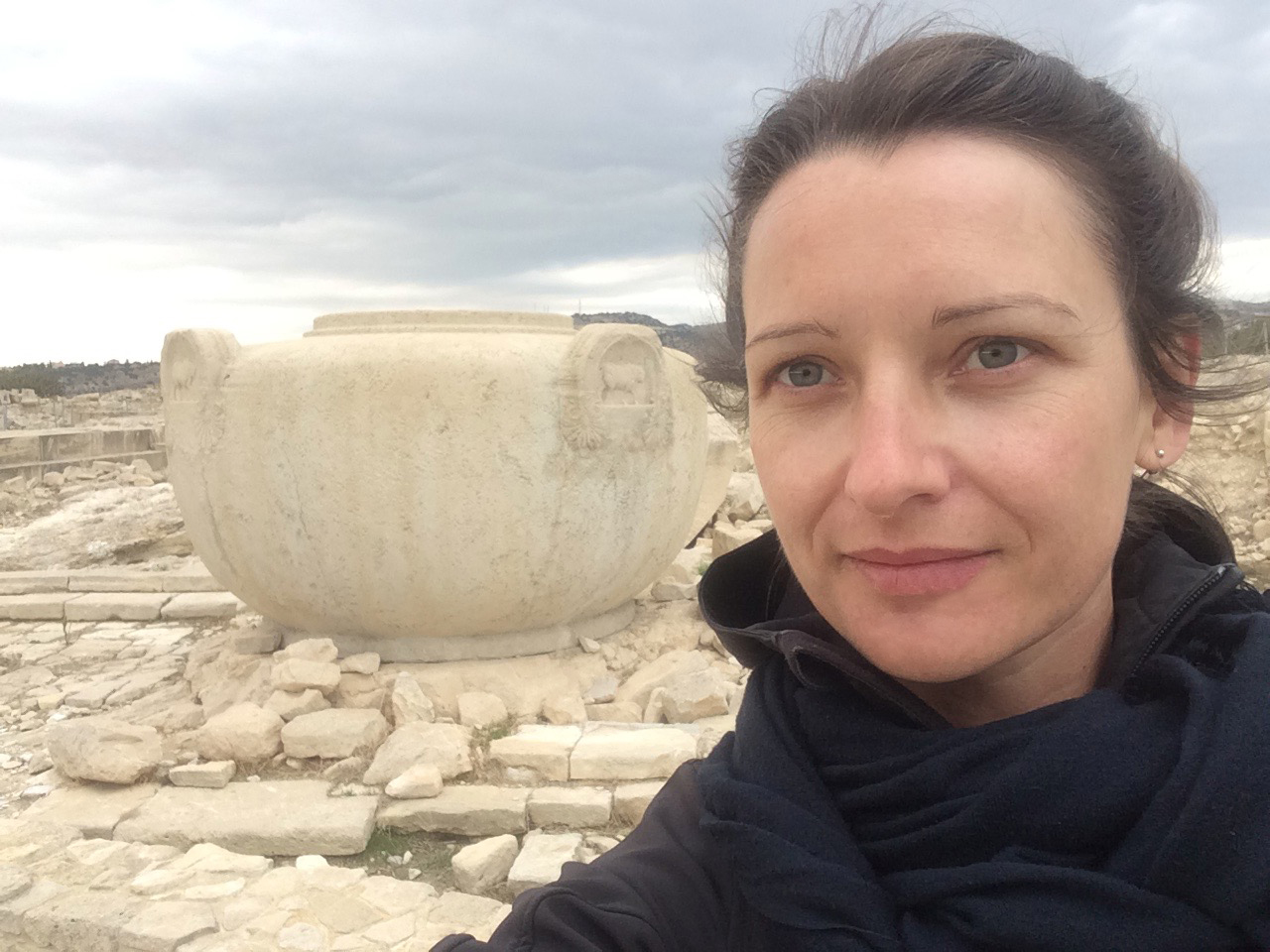-
Principal Investigator: Dr. Urszula Wicenciak-Núñez
Contact: u.wicenciak@uw.edu.pl

Project collaborators:
- Dr. Michał Krueger, Faculty of Archaeology, Adam Mickiewicz University
- Dr. Violeta Moreno Megías, Universidad de Sevilla, Departamento de Prehistoria y Arqueología
- Dr. hab. Monika Badura, Faculty of Biology, University of Gdańsk
- Dr. Benjamin Stern, Department of Archaeology, University of Bradford
- Prof. Maha Masri, Faculty of Letters and Human Sciences, Lebanese University
Funding:
University of Warsaw, New Ideas 3B in Priority Research Area IV, grant no. PSP: 501-D353-20-4004310
Project term:
June 2023–April 2024
Budget:
PLN 76 413

-

An interdisciplinary study of scent substances from Phoenicia during the Hellenistic and early Roman periods. Identification of the organic contents of unguentaria and amphoriskoi produced in Tyre
Keywords: Phoenicia, Tyre, Hellenistic and early Roman period, ceramic unguentaria and amphoriskoi, Phoenician Semi-Fine Ware (PSFW), organic residue analyses (ORA), Gas Chromatography-Mass Spectrometry (GC-MS), sensory archaeology, aromatic organic substances, perfume, fragrance oils
The project aims to expand our knowledge of one of the elements of the ‘luxurious’ and sacred zone of life of the people of Phoencia in the Hellenistic and early Roman periods that is represented by fragrant organic substances stored in ceramic vessels (unguentaria and amphoriskoi). The project will focus on Tyrian vessels from the Phoenician Semi-Fine Ware group found in the Acropolis of Tyre, the necropolis of Sidon (in Lebanon), the Agora of Paphos in Cyprus, and Olbia on the Black Sea.
Organic residues preserved in the walls of the vessels will be analyzed. The use of gas chromatography-mass spectrometry (GC-MS) will allow to identify the chemical composition of the contents of the vessels. The expected results will shed light on several issues. Firstly, they will allow to identify the types of the aromatic substances, which will, in turn, allow to determine their properties and use. Secondly, they will show whether the type of content was related to the morphological or chronological variations of the vessels. Thirdly, the findings may provide information on the role that the content could have played in rituals, some of them possibly related to the recently discovered temple on the Acropolis of Tyre, or in funerary rites (in the case of the vessels from Sidon). Fourthly, they are expected to verify the type of substances that were exported from Tyre. This will enable us to take a stance in the ongoing debate with many conflicting opinions regarding the trade in the substances shipped in unguentaria and amphoriskoi to such places as Paphos and Olbia.
Image: Fresco portraying girl pouring perfume, from the Villa della Farnesina in Roma 1st century CE, now exhibited in Palazzo Massimo. (Courtesy of Ministero della cultura – Museo Nazionale Romano)
Associated events:Lectures and conference presentations:Project bibliography:Links
Direction Générale des Antiquités of Lebanon/ DGA
Department of Antiquities of Cyprus
Excavations at the Acropolis in Tyre
